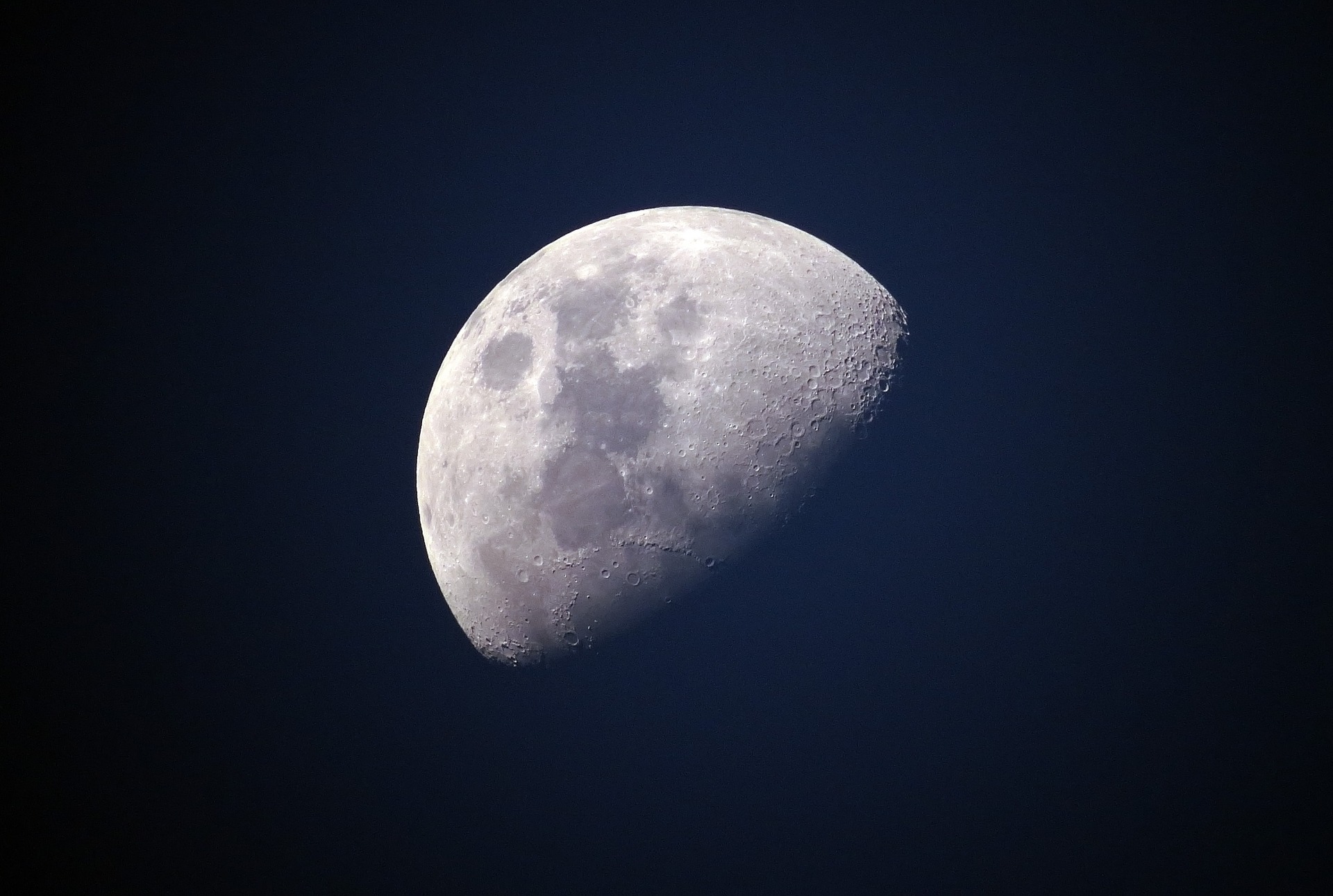Chinese astronauts blast off to the ‘Under-construction Chinese Space Station’: How significant is it for the World?

On Sunday, China sent three astronauts on a six-month long mission to oversee a pivotal period of construction of its space station, whose final modules are due to be launched in the coming months.
The space station will have been completed by the end of this year. Once completed, it will lay a significant milestone in China’s three-decades long manned space program, first approved in 1992 and initially code-named “Project 921”. Along with the completion of the mission, it will flag the start of permanent Chinese habitation in space.
After the completion of the structure, it will have the mass of about a fifth of the International Space Station (ISS). The project is a source of pride among ordinary Chinese people, and caps President Xi Jinping’s 10 years as leader of the ruling Communist Party.
Space station: Who else are in the race?
A space station is an orbital spacecraft capable of supporting a crew, much like the ISS. It can support people longer than that, as astronauts on the ISS only remain on board for six-month periods before returning to Earth. A space station differs from a space laboratory, which is smaller in size and more limited in capability.
China’s first astronaut Yang Liwei at the Beijing Aerospace Control Center during Shenzhou 5’s fourth manned spaceflight in 2003.
In order to construct a space station, it must be launched into space, and constructed by successive docking of spacecraft.
There are currently three types of space station in orbit – the ISS, China’s Tiangong-1 and Russia’s Mir. (The Mir was launched in 1986 but is no longer manned.)
ISS: The most advanced space station in terms of technology, the ISS consists of 17 modules with a combined mass of about 6.1 million kg, including the Russian Zarya module and the US Destiny laboratory. It orbits at an altitude of around 400 km, west of the orbiter’s position.
The Tiangong-1 was once China’s only space station, but it was decommissioned in 2016. It was first put into orbit in 2011 to test some component technologies for the future space station. After it performed its initial function, it became a target for destruction by Chinese aerospace engineers to test cutting-edge reentry technology. The ship burned up over the Pacific Ocean in April 2017.
Likewise, Russia’s Mir station was decommissioned in 2001. Launched in 1986, the station was a major milestone in space exploration. It paved the way for the ISS, and was built with the participation of other nations including the United States, Europe and Japan.
Chinese astronauts blast off to space station
A live broadcast by state television showed that the Long March-2F rocket, which was used to launch China’s first crewed spaceflight on the Shenzhou-5 mission in 2003, lifted off from the Jiuquan Satellite Launch Center in the Gobi Desert in northwest China at 10:44 a.m. (0244 GMT) with the spacecraft Shenzhou-14, or “Divine Vessel”, and its three astronauts.
Quoting to Zanna Zhang, a social media developer, as saying, Reuters writes, “I watched the launch of Shenzhou-5 when I was a primary student, and now we have Shenzhou-14”.
25-year-old Zhang also added that he was super excited, and he was so proud as a Chinese, further stating that they were one step closer to becoming a space superpower.
The construction began in April last year along with the launch of the first and largest of its three modules , Tianhe , the living quarters of visiting astronauts. The lab modules Wentian and Mengtian are to be launched in July and October respectively.
Team of astronauts
Shenzhou-14 mission commander Chen Dong(43), and team mates Liu Yang(43), and Cai Xuzhe(46) are all from China’s second cohort of astronauts. They will live and work on the space station for about 180 days before returning to Earth in December with the arrival of the Shenzhou-15 crew.
Former air force pilot Chen with Liu, who had become China’s first female astronaut in space a decade ago , and space mission debutant Cai, will oversee the rendezvous, docking and integration of Wentian and Mengtian with the core module.
Report says they will also install equipment inside and outside the space station and carry out a range of scientific research.
Speaking on a news conference on Saturday, Chen said that the Shenzhou-14 mission is a pivotal battle in the construction stage of China’s space station. Chen added, “The task will be tougher, there will be more problems and the challenges will be greater”.
The space station after completion of construction works
After completion, the T-shaped space station can accommodate as many as 25 lab cabinets, Wentian will be equipped to support life science research while Mengtian will focus on microgravity experiments. Each a micro lab that then can be used to conduct experiments.
Also, Wentian will have an airlock cabin for extravehicular trips, as well as short-term living quarters for astronauts during crew rotations.
The space station’s design will have a lifespan of at least a decade.
Its ability for long-term accommodation is just for three astronauts, whereas, it’s for seven on the ISS. However, as report says, it won’t hinder China from extending invitations to foreign astronauts in its ambition to internationalize the space station.
According to a deputy designer of the space station told Chinese media last year, the three-module station could be expanded into a four-module cross-shaped configuration in the future,
Mirroring the ISS, spacecraft and modules launched by other nations are also welcome to dock with and become a long-term member of the Chinese station. They are also exploring commercial human spaceflight to the station.
Related Stories:
- James Webb Space Telescope’s First Images Coming Soon
- Space junk, headed for Moon is Chinese, not SpaceX rocket debris: Astronomers
Usefulness of this new space station in the future
The Chinese space station’s ability to host international collaborations and serve as a foothold for global space programs will enhance China’s overall space capability, thus giving it a leading posture in the development of human spaceflight.
In addition to this, there are various space programs for which the Chinese space station will be useful. It’s like launching satellites, testing new rocket engines and studying the Earth’s surface.
Moreover, the experience of developing such a complex project will help China develop a new generation of smaller space stations over the next decade. It will allow them to play a larger role in international cooperation and in human spaceflight.
Understandably, China is keen to showcase its growing abilities in space. Also, China’s plans are not just limited to the construction of this single station, rather, analysts say, they are planning on constructing a whole network of space stations with other nations like Russia, France and UK taking part in each station.
Now, we have seen that China is making a huge progress on its plan to build the country’s first space station. It’s really a great news, not only for the Chinese people, but for all the human kind as such works enable all us collectively to step forward in science, technology and knowledge.


